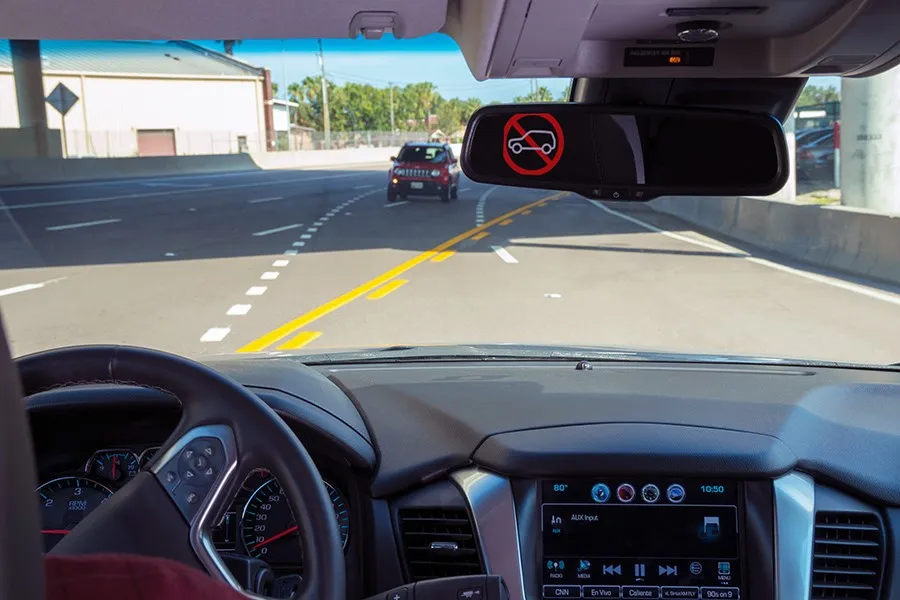TRW Automotive Holdings is to demonstrate is semi-automated driving capabilities at the Company's vehicle test track event in Locke Township, Michigan, today. Drivers will be able to experience a 'highway driving assist' feature which can enable automatic steering, braking and acceleration for highway speeds above 25 mph.
The demonstration vehicle integrates TRW's AC1000 radar and next generation camera prototype together with its electrically powered steering belt drive (EPS BD) and electronic stability
September 16, 2014
Read time: 2 mins
The demonstration vehicle integrates TRW's AC1000 radar and next generation camera prototype together with its electrically powered steering belt drive (EPS BD) and electronic stability control EBC 460 – the combination of adaptive cruise control (ACC) and lane centring assist (LCA) functionalities. The ACC keeps the vehicle at a set speed until a slower vehicle appears in front or if another car cuts across the lane. It then automatically accelerates and/or slows the vehicle to keep a driver-selected gap, or constant time interval behind the slower vehicle. At the same time, the forward looking camera keeps the car in the centre of the lane. The driver can easily override the system at any time.
Peter Lake, executive vice president, Sales and Business Development at TRW commented: "Progress towards semi-automated and automated driving has gained huge momentum over the last 12 to 18 months as the industry is recognising the vast benefits it could deliver.
"The first steps have already been taken to introduce semi-automated features such as traffic jam assist on production vehicles but we believe it will be some time before fully autonomous cars become commonplace. There is still a lot of work to be done, including determining legislative frameworks. At TRW, we're following a building block approach showcasing what is achievable today using proven technology.”










